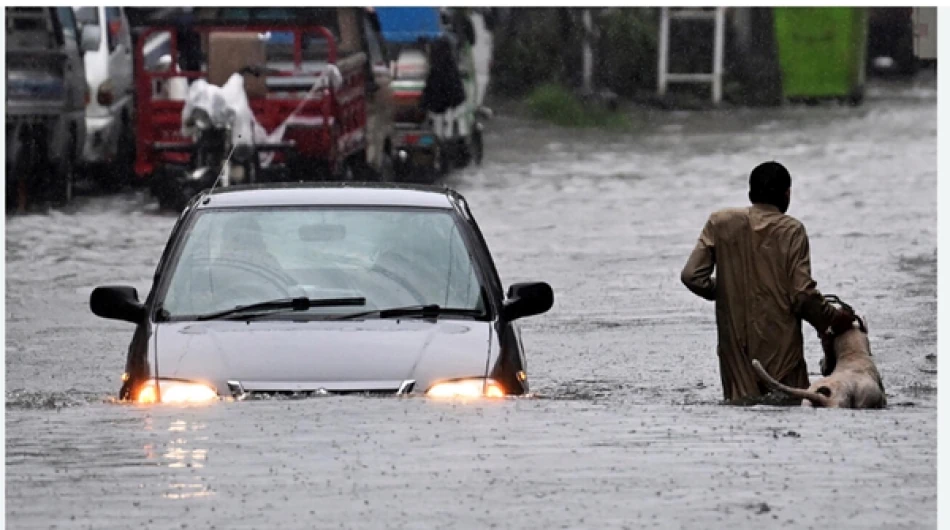
Thousands Evacuated Amid Devastating Monsoon Floods in Pakistan
Pakistan's Monsoon Crisis Deepens as Death Toll Hits 180 Amid Massive Rescue Operations
Pakistan is grappling with one of its most severe monsoon seasons in recent memory, as rescue teams race against time to evacuate thousands from flood-ravaged communities. The death toll has climbed to over 180 since last month, with more than 50 fatalities reported in the past 24 hours alone, highlighting the country's persistent vulnerability to extreme weather events that are becoming increasingly frequent and deadly.
Unprecedented Rescue Mobilization
The scale of Pakistan's emergency response underscores the severity of the current crisis. Approximately 15,000 rescue workers, supported by military helicopters and 800 boats, are conducting round-the-clock operations across Punjab province in central Pakistan. This represents one of the largest domestic disaster response efforts in the country's recent history.
Farouk Ahmed, spokesperson for the rescue administration, described scenes reminiscent of Pakistan's devastating 2010 floods, which affected over 20 million people. The current situation is particularly dire in Rawalpindi, near the capital Islamabad, where helicopters are plucking stranded residents from rooftops as overflowing drainage systems have inundated residential areas.
A Pattern of Escalating Climate Disasters
This latest catastrophe follows Pakistan's experience during the 2022 monsoon season, which submerged one-third of the country and affected 33 million people. The recurring nature of these extreme weather events reflects Pakistan's position as one of the world's most climate-vulnerable nations, despite contributing less than 1% of global greenhouse gas emissions.
Infrastructure Under Strain
The flooding exposes critical weaknesses in Pakistan's urban planning and drainage infrastructure. Cities like Rawalpindi and Islamabad, despite their proximity to the seat of government, lack adequate flood management systems. The overflow of drainage channels into residential areas demonstrates how rapid urbanization has outpaced infrastructure development, creating death traps during extreme weather events.
Economic and Social Implications
Beyond the immediate human tragedy, these floods will likely exacerbate Pakistan's already precarious economic situation. The country is currently navigating a complex bailout program with the International Monetary Fund, and climate disasters consistently drain government resources while disrupting agricultural production and industrial activity.
Punjab province, where the worst flooding is occurring, serves as Pakistan's agricultural heartland and economic engine. Prolonged flooding could impact crop yields and food security, potentially triggering inflationary pressures that would compound the country's existing economic challenges.
Regional Climate Reality
Pakistan's monsoon crisis reflects broader climate patterns affecting South Asia. The region has experienced increasingly erratic monsoon patterns, with longer dry spells followed by intense precipitation events. This volatility makes traditional flood management approaches inadequate, requiring more sophisticated early warning systems and adaptive infrastructure.
The current disaster also highlights the interconnected nature of climate risks in densely populated developing countries, where inadequate infrastructure, poverty, and rapid urbanization create compound vulnerabilities that turn natural weather patterns into humanitarian crises.
Looking Beyond Emergency Response
While immediate rescue operations remain the priority, Pakistan's repeated exposure to such disasters raises fundamental questions about long-term adaptation strategies. The country will need substantial international climate finance and technical assistance to build resilient infrastructure capable of withstanding increasingly extreme weather events.
The human cost of this monsoon season – with deaths still mounting and thousands displaced – serves as a stark reminder that climate change impacts are not future projections but present realities demanding urgent, comprehensive responses that go far beyond emergency rescue operations.
Most Viewed News

 Layla Al Mansoori
Layla Al Mansoori






